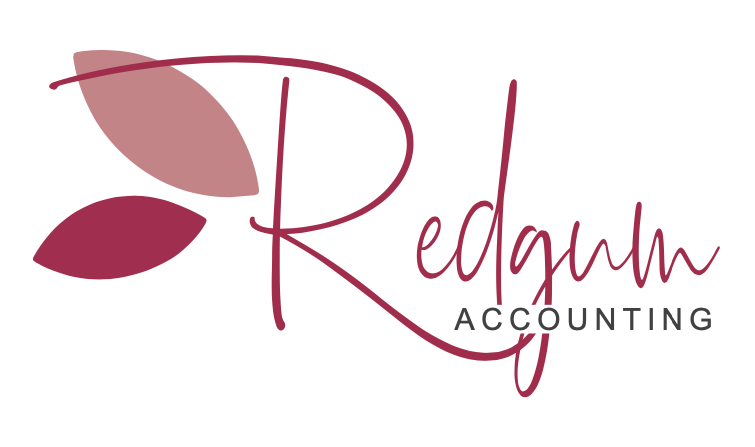One of the most critical decisions when you are starting a business is choosing what kind of business structure you should set up. Unfortunately, it is often treated as an afterthought, or the decision is made with very little insight into the pros and cons of the different choices.
Sole Trader – This is arguably the simplest and cheapest business structure. It is also generally the cheapest when it comes to Accounting fees at the end of the year, but has limitations. Basically, all the profit from the business is just reported in the Sole Traders’ Individual Tax Return, along with any other income received during the Financial Year.
Partnership – This is similarly cheap and easy, with the added benefit that the profits from this are generally shared equally between the partners. A Partnership, however, has it’s own tax file number, and has to lodge a Tax Return separately to the partners. This means it usually costs a little more with your Accountant at reporting time, although is generally fairly straight forward.
Trust – Now we start moving into the more formal arrangements. A business can run through a Trust, where the profits each year are distributed depending on the decision of the Trustee (generally the person who operates the activities of the Trust). This can include distributing profits to a spouse, children, charities, or a Company. This can lead to tax savings, but there is a significant cost in setting up the structure, as well as ongoing Accounting fees to maintain it. The main benefit associated with this structure is in Asset Protection for the operators, separating private assets from the business.
As a rough idea, you would expect to pay in the vicinity of $800 – $1,000 to set up a Trust.
Company – This is one of the most formal structures, and you should be aware that this is not for everyone. The Company is considered a separate legal entity and therefore must have separate bank accounts, and proper bookkeeping. Profit from the Company activity is not available to be spent for the private use of the Directors or other Stakeholders. The Company Tax Rate is often lower than that of the Director, but to access those funds often results in additional tax being paid. Again, a particular benefit associated with this structure is in Asset Protection for the operators.
An indication of set up costs would be between $1,400 – $1,600 for a Company structure, as well as annual fees payable to ASIC.
Trust and Company – This structure boasts the best level of Asset protection for the operators of the business. However, as it is the most sophisticated arrangement, it also costs the most to set up. Ongoing Accounting fees are also highest for this arrangement.
You would have to expect to pay between $1,800 – $2,000 to set up this kind of structure.
In addition to the above, you should consider profitability, financial exposure and risk, and the cost/benefit associated with each structure. It is a really good idea to discuss the issues with your accountant prior to making any decision in this regard…It is much easier to get it right in the first place, than to change your mind later.

